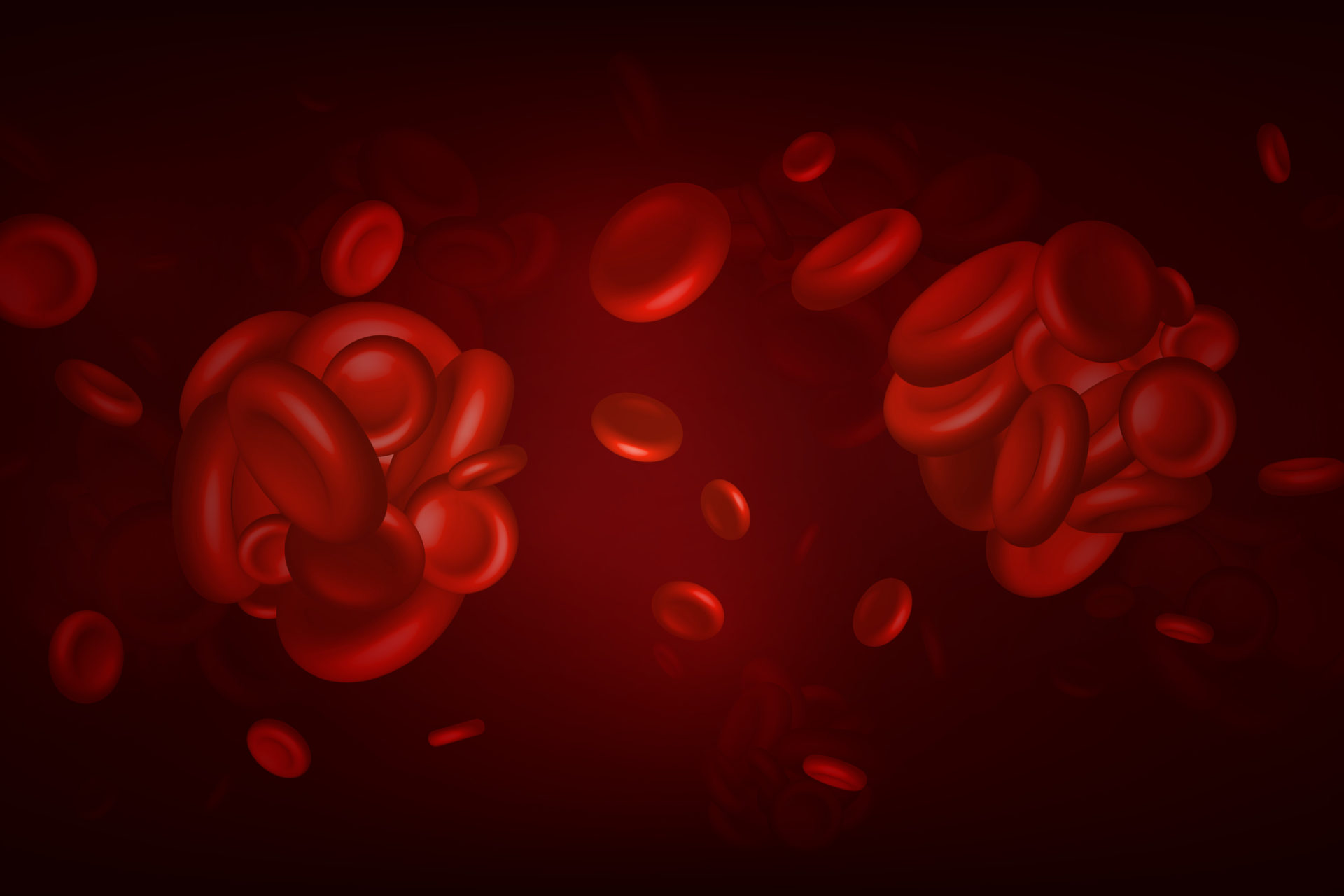Pseudobulbar affect (PBA), which is under-recognized and under-treated, requires more research to develop enhanced diagnosed criteria and better treatment options, according to a study published in Top Stroke Rehabilitation.
In this study, researchers sought to provide a comprehensive narrative synthesis of published literature on the topic of PBA. They performed a literature review of PubMed using the key words “pseudobulbar atrophy,” “emotional incontinence,” and “stroke.”
Subsequently, they conducted a narrative overview on the following topics: epidemiology, pathophysiology, clinical features of differential diagnosis, impact on public health, and therapeutic options.
According to the results, the researchers observed that PBA remains an under-treated condition with significant psychosocial burden on both stroke patients and their families, respectively.
“Advances have been made in developing consensus-based clinical diagnostic criteria for PBA. Early identification and prompt initiation of therapeutic measures are required in these stroke patients,” the researchers concluded. They added that further research “is needed to develop better PBA diagnostic criteria and more cost-effective therapeutic treatment options.”
Link: https://pubmed.ncbi.nlm.nih.gov/30213256/
Keywords: Stroke, clinical presentation, emotion incontinence, epidemiology, pathophysiology, pseudobulbar affect, treatment








